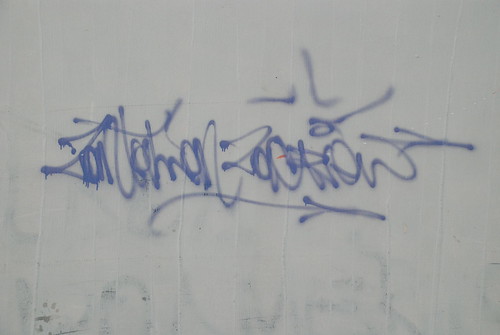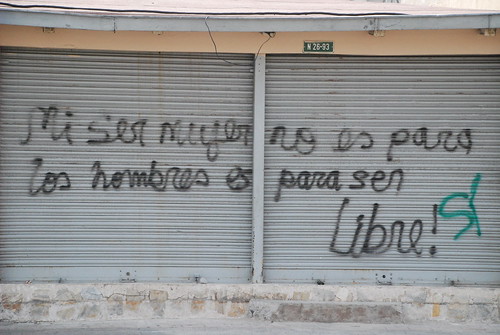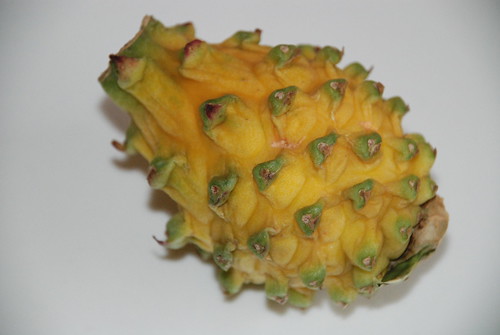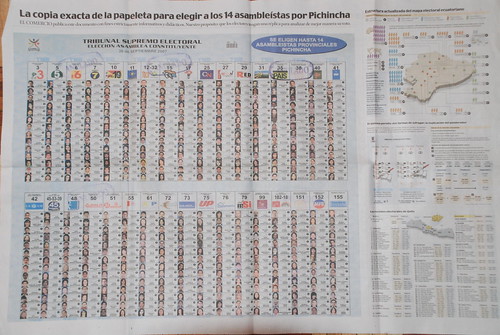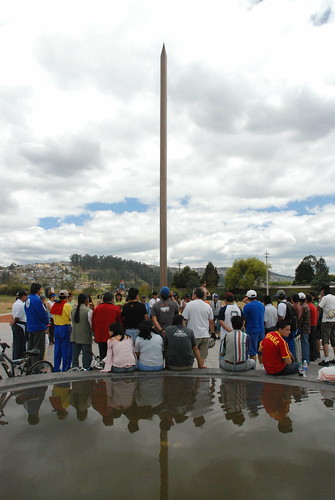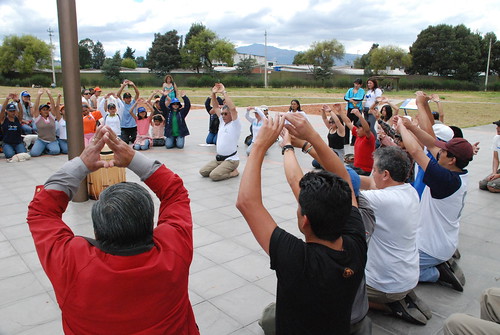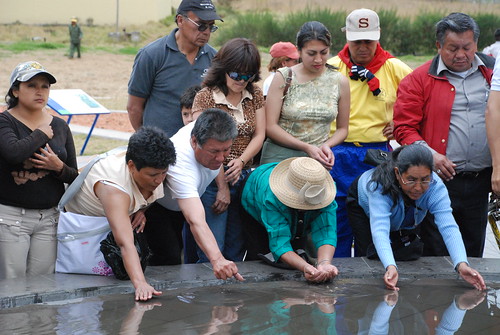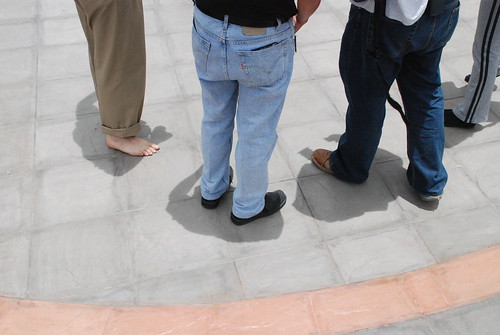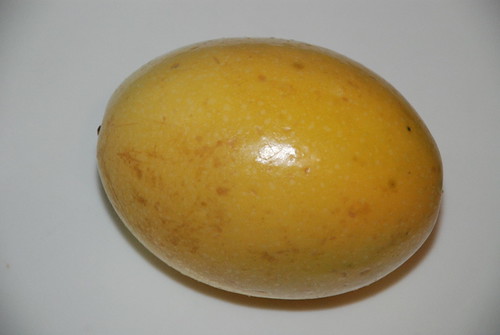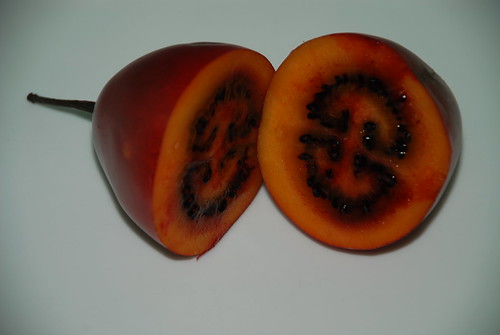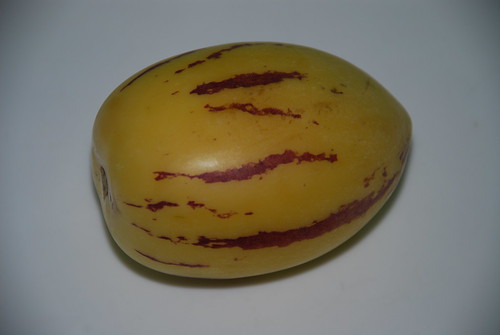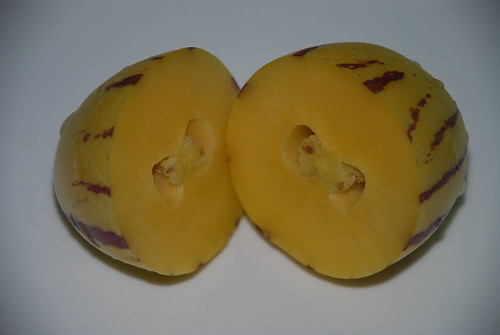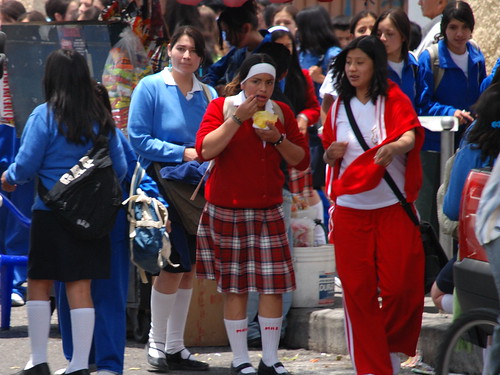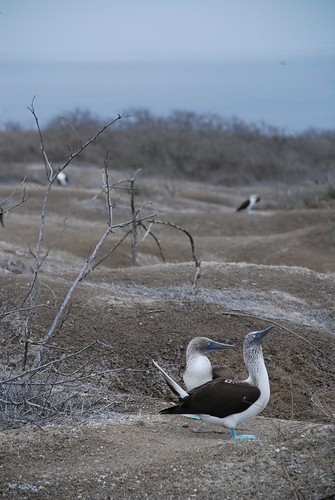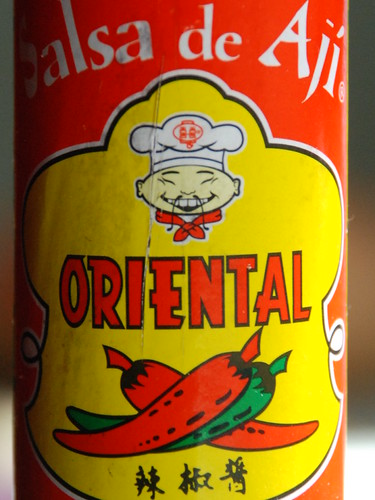In the past 39 days, I haven't gotten around to actually leaving the city of Quito. This seems a bit odd to the rest of the travelers I've met in the hostel. Some of them have spent a couple weeks worth of time here, but almost everyone comes and goes. Either they're using this place as a base of operations, or they're just passing through--and quite a few people think they're passing through, but end up coming back repeatedly. For instance, the British couple I've been sharing a room with, Becky and Dirk, thought they'd only spend a week in Ecuador before heading down to Peru, Chile, Argentina, and Brazil, but they've ended up staying three weeks with no definite plans of when they'll leave.
With more time (and less money per day), I've decided to get to know this place well. I want to know my way around, to be able to get places without thinking. After living in San Francisco for three years, I feel like I know my way around there pretty well, but of course there are lots of streets I've never been on. Quito is a lot bigger than San Francisco proper, so while I'm getting pretty comfortable with a core area near the center, I've only taken a couple of forays by bus into the sprawling North and South.
Finding your way around Quito is especially challenging because there is a lack of decent maps. The ones you find in guide books only cover limited areas, leave off street names--making them useless when you're lost--, and only mark the locations of selected tourist-friendly restaurants and hotels. Although every third vehicle on the road is a bus, there is no such thing as a bus map. You have to look at the name cards mounted in the front window to know where a bus goes, but this, of course, presupposes you know the names of all the neighborhoods, which aren't shown on tourist maps. There are good diagrams of the three Bus Rapid Transit lines in the stations, but no map seems to be available that shows all their stops with names, certainly not one up-to-date enough to show more than just the one original line. I have seen a pretty comprehensive map that shows the name of every street, important buildings, neighborhoods, even every location of several retail chains, but it's at least six feet long, a bit big to fold up and put in your pocket. (When I move next week and have my own wall to hang it on, I'll probably get one.) There's even less online. Although Google Earth has good aerial photography of Quito, they have no streets or place names. Searching for "Quito map", "map of Quito", or "mapa de Quito" turns up nothing but overly simple, narrow, and low-resolution graphics.
This is in sharp contrast with San Francisco, where
each individual building is shown in Google Maps, where you can see the
current location of every street car and bus, where
every apartment for rent has its own pin, where, as the
iPhone ad demonstrates, you can type in "seafood" and your zipcode, and every restaurant within walking distance that serves fish, from
The Old Clam House to
Moki Sushi pops up with address, telephone number, and website. It took time to learn San Francisco, but I was never at a loss for where to buy kitty litter, see a movie, or take a yoga lesson. And if you forget where something is, as I often did, you just look it up again.
On one hand, I crave that access to total information about a place. When I worked in West Portal, I'd get on the streetcar and, just before it went into the tunnel, I'd use my phone to see whether I'd be able to catch 24-Divisadero bus or a J-Church streetcar sooner so I could decide which stop to get off at. The biggest fault I see in the iPhone is that it doesn't have a GPS. Maybe by the time I get back to the US...
On the other hand there's something enjoyable about the challenge of doing without all that easy access. I'm enjoying wandering around, xeroxed map in my pocket, seeing how one place connects to another. When I first got here, I was quite annoyed that I couldn't find the Mercado Central for days. How could the central city's main public food market not be on any map? But now that I've found it, there's no way I could forget where it was. When I really need to find something, I have to ask for directions, something even taxi drivers do here. And my little notebook is full of notes on places I've stumbled upon, that I didn't need at the time, but imagined I'd want to remember the location of later:
Hotel San Francisco de Quito: Sucre Oe3-17 y Guayaquil
English Book Center: 12 de Oct. y Caamaño
Cafe Libro: Leonidas Plaza N23-56 y Wilson
La TrasTienda Concert Cafe: Av Toledo y Lerida
Cheap Backpacks: Flores y Mejia
Huge Belt Store: Chile Oe1-26
Fybeca Drug Store that lets you browse through basic "over-the-counter" drugs: 12 de Dic. y Colon.
With the help of the not-entirely-adequate paper maps as well as pen and paper, I'm constructing, in my head, a map of this city. While I sort of wish Google were paying me to put this place on their maps, the mental map I'm constructing suits my own peculiar needs. I'm learning where the hills are, how to avoid breathing too much bus exhaust, and where to find little old indigenous ladies sitting on the street selling strawberries and blackberries. Already I know Quito better than the dozens of other cities I've visited. Only Mount Vernon, Athens, Columbus, and San Francisco take up more room in my brain.
Sometimes getting around is a real challenge. When I went to a meeting in the far north of the city, I really had to wing it. The woman I'd spoken with wasn't good with directions. I managed to find the neighborhood, Carcelén, on a really crude map online, and waited at one street, then another, till I saw a bus headed to it. Unlike San Francisco, Quito has a strict new house-numbering system that tells you how many blocks you are from the center of town. I rode the bus for an hour and half till I reached block N80, then wandered around for half an hour asking people where the high school was. In a country where the average person only makes it through sixth grade, nobody had ever heard of the place. I finally went in the post office, and she called the phone number that I couldn't get to work on my mobile. She told me directions, but advised me that it'd be simplest to hail a taxi. The cab made it quick, but he needed my help to find the place.
How much easier it would have been with a printout from MapQuest! But then again, how much more boring. More importantly, I know I can get where I need to go. I can find my way around. I suspect that this will is a dying skill. Already I hear about people who don't know how to get around without their car navigation systems. How much different will our understanding of places be when we know them only through on-demand three-dimensional interactive maps? And what will we do when there's a natural disaster, the power goes out, and there aren't even any paper maps to be found?
Even though, as a computer and map geek, I love the advances in computerized mapping, and even though I'm in no way exploring uncharted lands, I'm enjoying stepping back for a while and finding my way around a place that Google hasn't found yet.
(While we´re talking about maps, you might enjoy listening to an episode of This American Life: "You Are Here", especially act one, about a guy who hitchhiked across the Sahara!)
